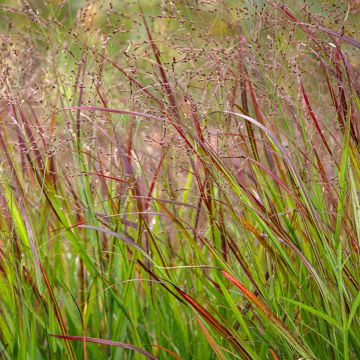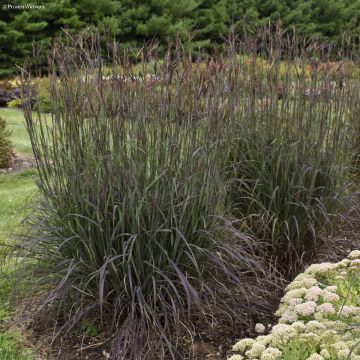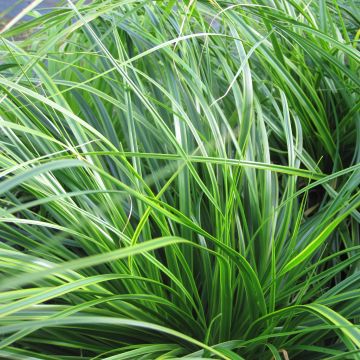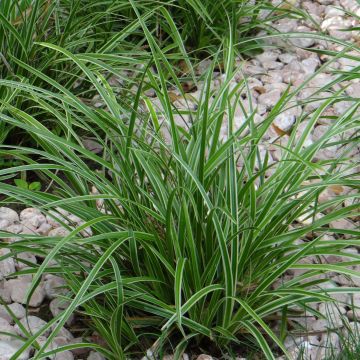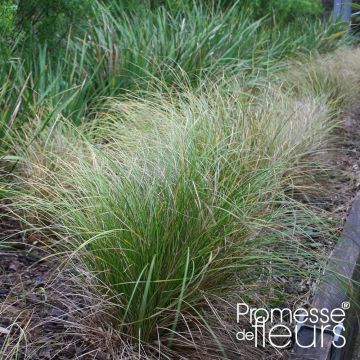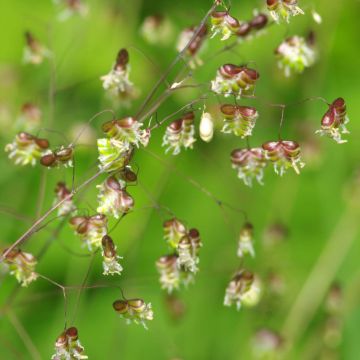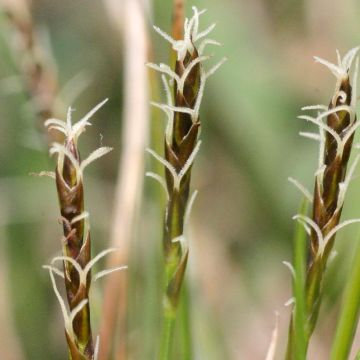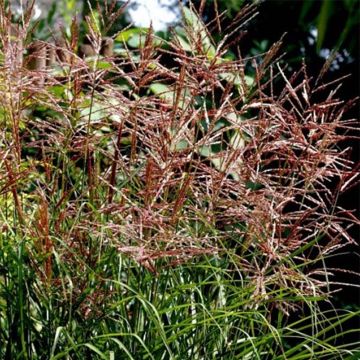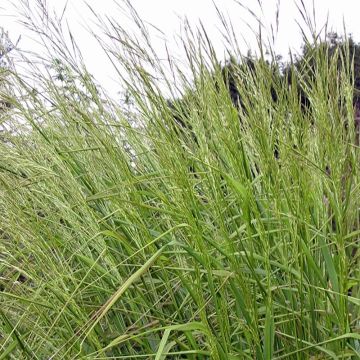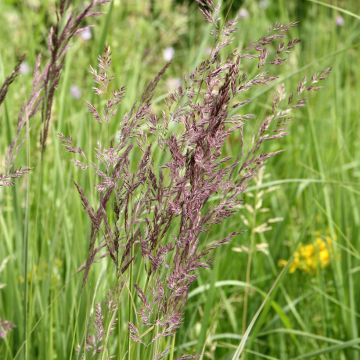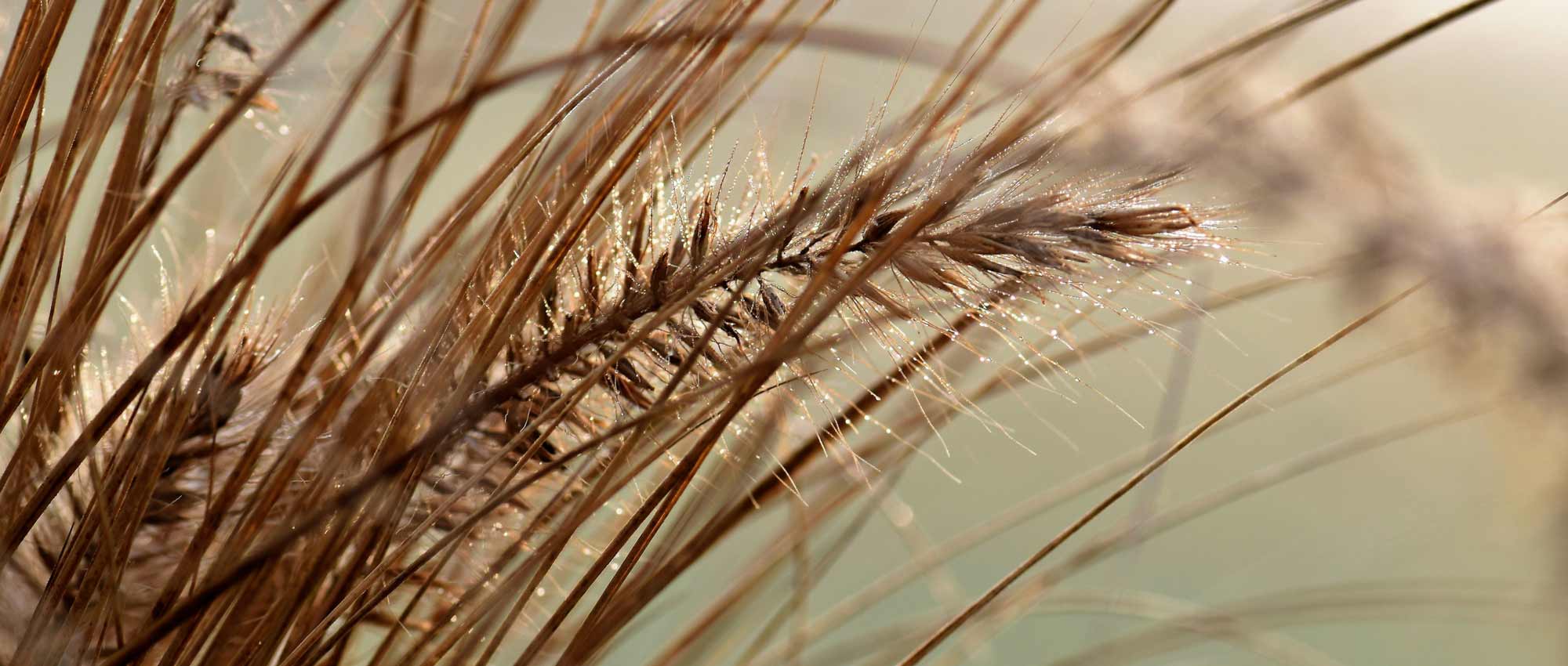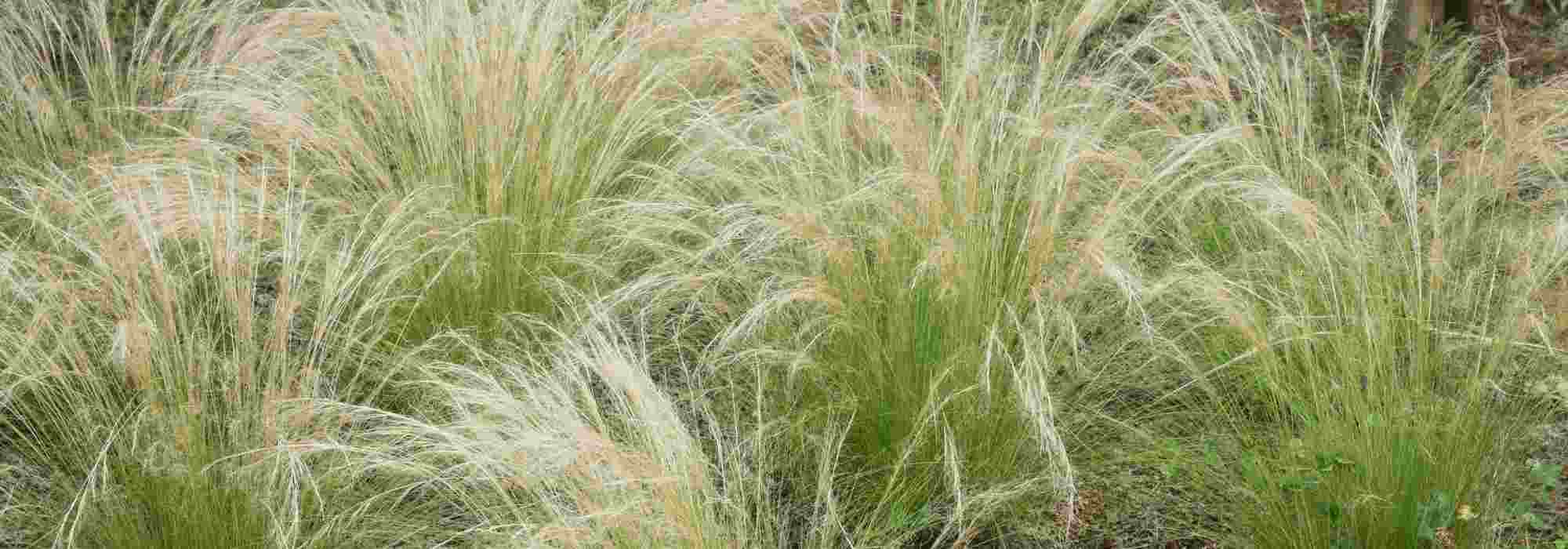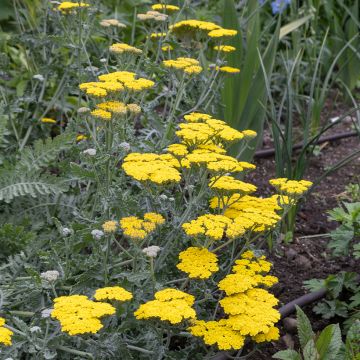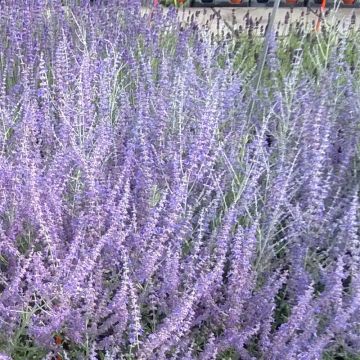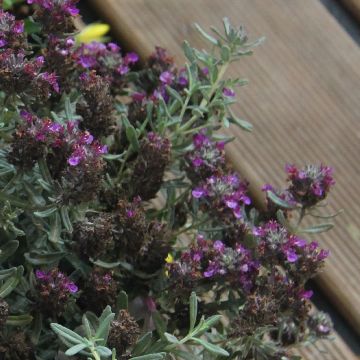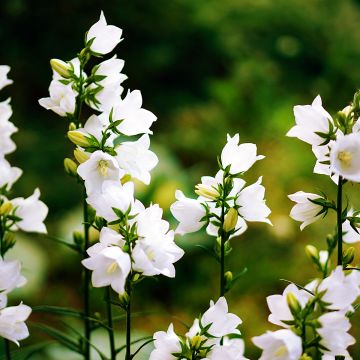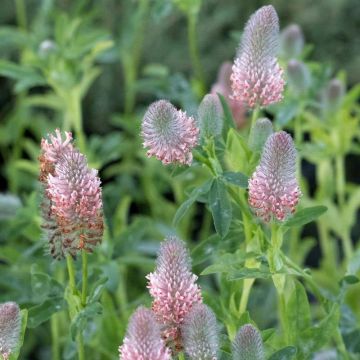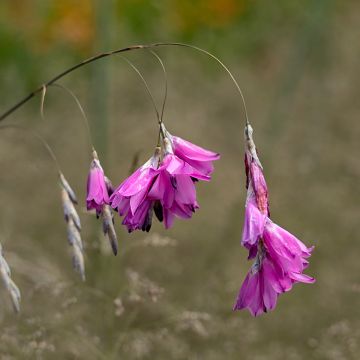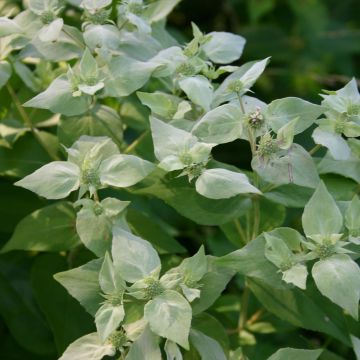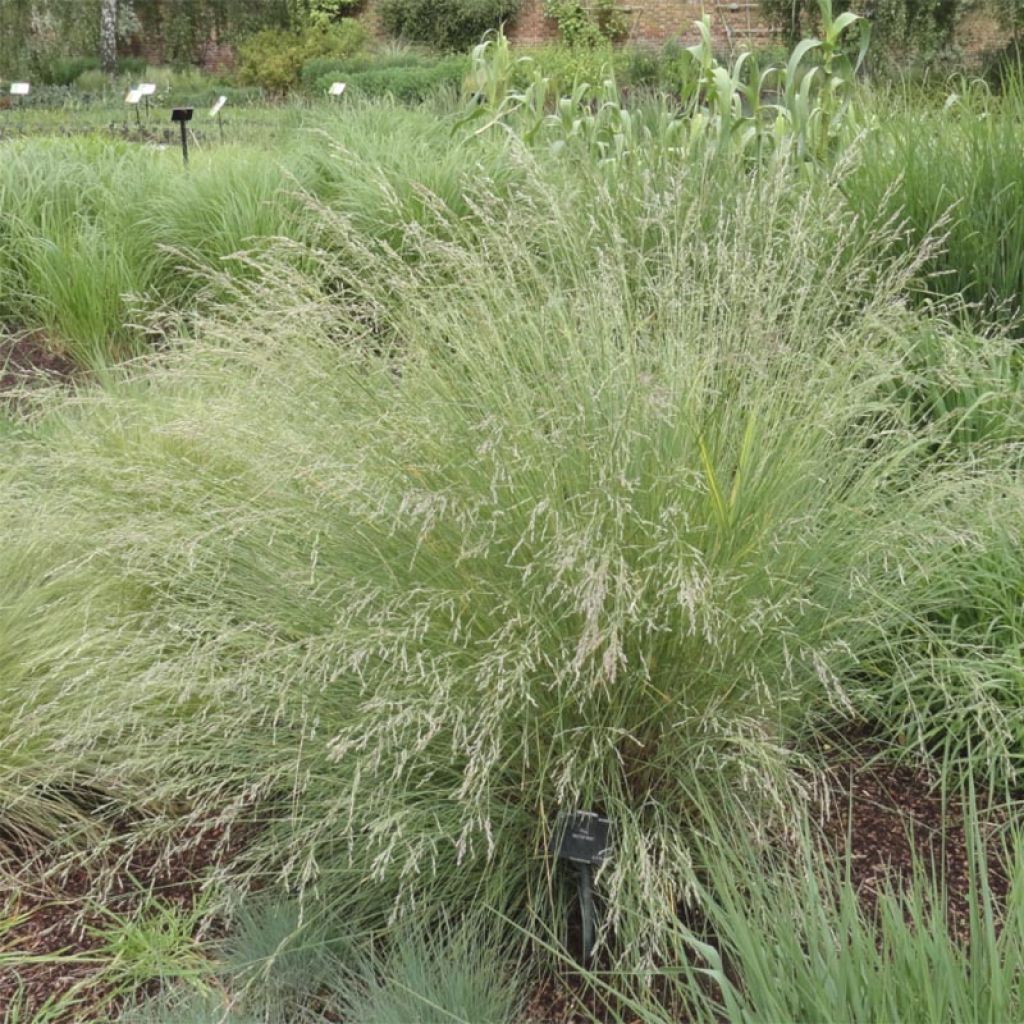

Poa labillardieri
Poa labillardieri
Poa labillardieri
New Zealand Blue Grass, Australian Blue Grass
An easy-going plant once well established, it grows quickly, withstands drought well, and is very decorative.
Patricia, 26/07/2025
Special offer!
Receive a €20 voucher for any order over €90 (excluding delivery costs, credit notes, and plastic-free options)!
1- Add your favorite plants to your cart.
2- Once you have reached €90, confirm your order (you can even choose the delivery date!).
3- As soon as your order is shipped, you will receive an email containing your voucher code, valid for 3 months (90 days).
Your voucher is unique and can only be used once, for any order with a minimum value of €20, excluding delivery costs.
Can be combined with other current offers, non-divisible and non-refundable.
Home or relay delivery (depending on size and destination)
Schedule delivery date,
and select date in basket
This plant carries a 12 months recovery warranty
More information
We guarantee the quality of our plants for a full growing cycle, and will replace at our expense any plant that fails to recover under normal climatic and planting conditions.

Would this plant suit my garden?
Set up your Plantfit profile →
Description
Poa labillardieri is a large oceanic species with a gently wild and infinitely light appearance. It bears a tuft of fine green-blue foliage with a slightly flared habit. From spring to summer, slender inflorescences tinged with purple and delicately silvered rise from the foliage, dancing in the wind and playing with the light. It is a beautiful, flexible, and natural 'herb', whose delicate flowers will dominate the foliage without obscuring the view. Within reach of all gardeners, it is extremely adaptable. This evergreen plant is never invasive. It undoubtedly deserves to be planted more often, as it grows and flowers even in shade or dry soil.
Poa labillardieri is an herbaceous perennial belonging to the Poaceae family, like many grasses. The dry but open wooded areas of southeastern Australia and New Zealand are the cradles of this amazing ubiquitous species. This plant has a thick and turf-like stump. It grows in tufts of very fine, soft, glaucous to green-blue leaves. Shorter and less blue in shade, it will be taller and steel blue when exposed to the sun. As an adult, the plant will measure 80cm (32in) to 1m (3ft) in height, and 50 to 60cm (20 to 24in) in width. The foliage is evergreen. Its narrow and structured leaves, with an upright and slightly arched habit, can reach 90cm (35in), and take on a more golden hue in winter. In early spring, this bundle of luminous leaves will be adorned with fine purple to ashen flowers, which will become slightly blonder at maturity. Its adaptability is astonishing, as it tolerates both shade and sun, and tolerates dry soils if they are deep.
Hardy down to -12°C (10.4°F) in well-drained soil, Poa labillardieri is one of the few blue grasses that appreciates shaded areas of the garden. It is valued for the beautiful lightness of its hairy tufts, and its decorative aspect all year round. At the base of trees, it tolerates shade and dry soils very well. It accompanies roses, dressing their base in winter and enhancing their flowering in summer. It can easily be mixed with flowering and light perennials, such as linarias, penstemons, field daisies, Aster cordifolius, and scabious, or annual poppies and damask nigellas. The dark foliage of Pittosporum tenuifolium 'Tom Thumb', Cotinus 'Royal Purple', or Physocarpus 'Diabolo' in cooler soil will highlight its plumes that catch the light so well. Plant it en masse, in a slightly wild or contemporary garden, to watch the wind carve endless waves. It can also be grown in a large pot.
Report an error about the product description
Poa labillardieri in pictures
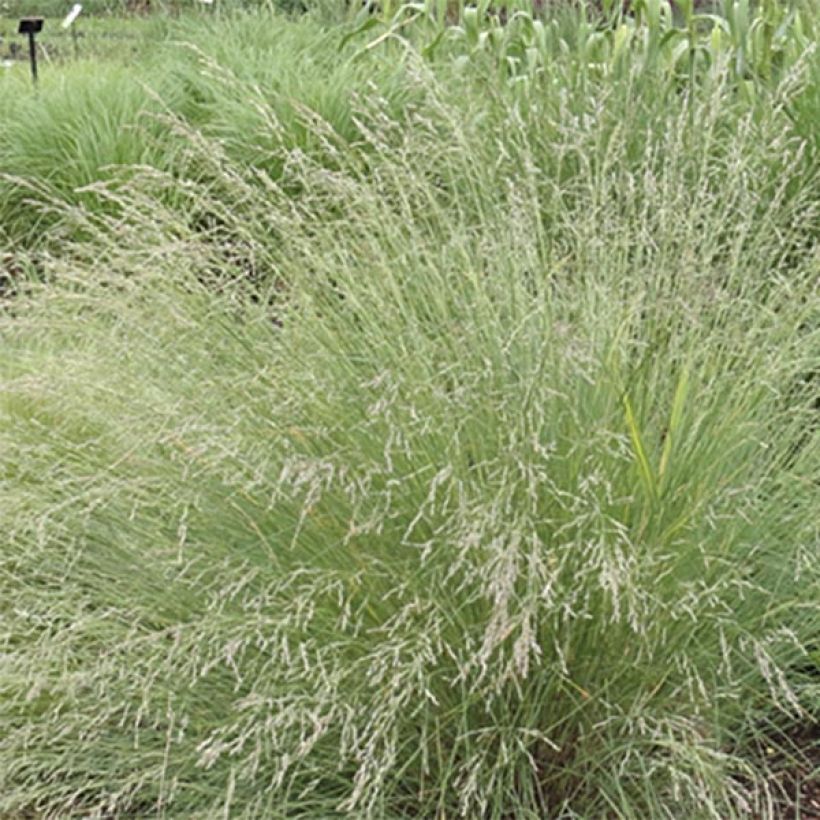

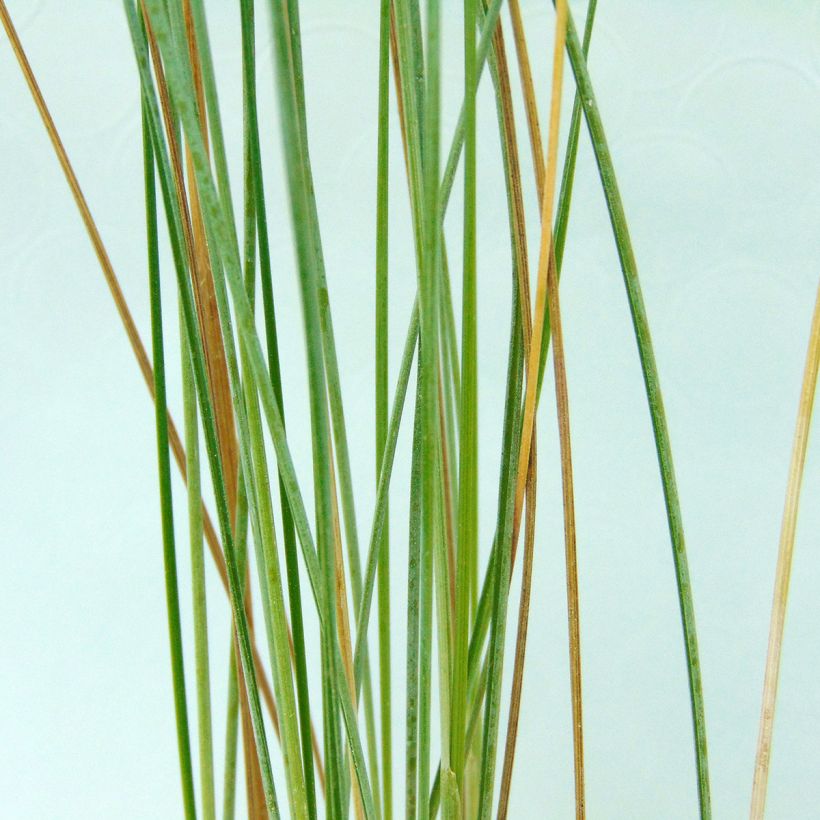

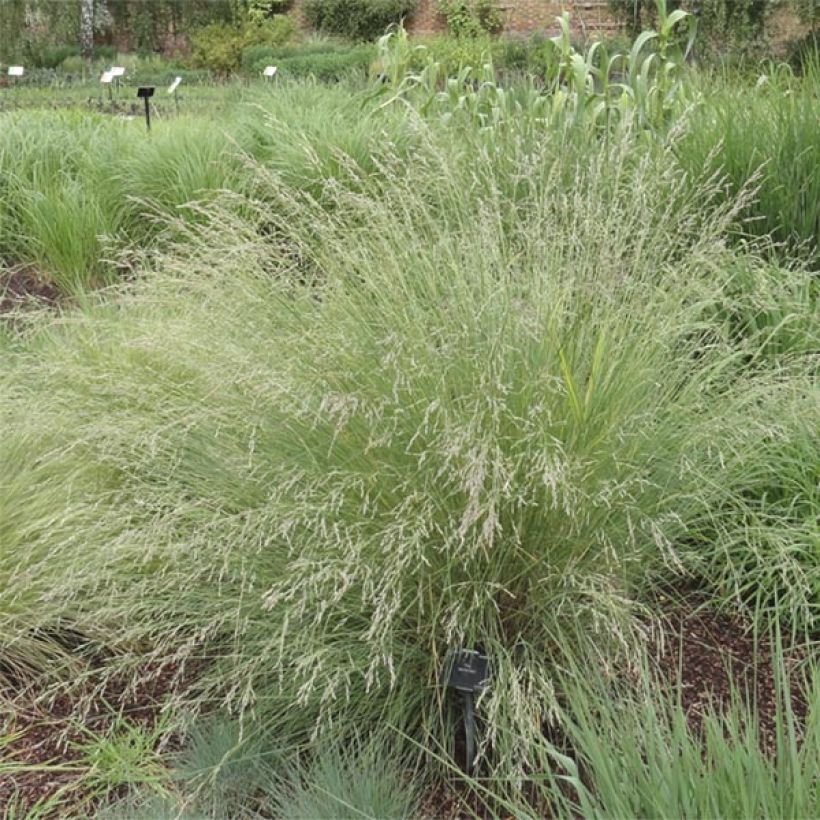

Flowering
Foliage
Plant habit
Botanical data
Poa
labillardieri
Poaceae
New Zealand Blue Grass, Australian Blue Grass
Oceania
Other Ornemental grasses A to Z
View all →Planting and care
Plant Poa labillardieri in shade, partial shade or in full sun, in ordinary, dry or well-drained deep soil that is not too chalky and poor. Plant in spring in regions with very cold winters. In regions with hot and dry summers, plant in September-October. It will be bluer and shorter in full sun. To help the plant establish, it is important to carefully untangle its visible main roots around the root ball when removing it from its container, before planting, and to follow watering instructions until it resumes growth and in case of prolonged drought. A very beautiful plant that thrives easily, without any problems or maintenance. Do not cut back the foliage in winter, simply comb it with your hand.
Planting period
Intended location
Care
Planting & care advice
-
, onOrder confirmed
Reply from on Promesse de fleurs
Similar products
Haven't found what you were looking for?
Hardiness is the lowest winter temperature a plant can endure without suffering serious damage or even dying. However, hardiness is affected by location (a sheltered area, such as a patio), protection (winter cover) and soil type (hardiness is improved by well-drained soil).

Photo Sharing Terms & Conditions
In order to encourage gardeners to interact and share their experiences, Promesse de fleurs offers various media enabling content to be uploaded onto its Site - in particular via the ‘Photo sharing’ module.
The User agrees to refrain from:
- Posting any content that is illegal, prejudicial, insulting, racist, inciteful to hatred, revisionist, contrary to public decency, that infringes on privacy or on the privacy rights of third parties, in particular the publicity rights of persons and goods, intellectual property rights, or the right to privacy.
- Submitting content on behalf of a third party;
- Impersonate the identity of a third party and/or publish any personal information about a third party;
In general, the User undertakes to refrain from any unethical behaviour.
All Content (in particular text, comments, files, images, photos, videos, creative works, etc.), which may be subject to property or intellectual property rights, image or other private rights, shall remain the property of the User, subject to the limited rights granted by the terms of the licence granted by Promesse de fleurs as stated below. Users are at liberty to publish or not to publish such Content on the Site, notably via the ‘Photo Sharing’ facility, and accept that this Content shall be made public and freely accessible, notably on the Internet.
Users further acknowledge, undertake to have ,and guarantee that they hold all necessary rights and permissions to publish such material on the Site, in particular with regard to the legislation in force pertaining to any privacy, property, intellectual property, image, or contractual rights, or rights of any other nature. By publishing such Content on the Site, Users acknowledge accepting full liability as publishers of the Content within the meaning of the law, and grant Promesse de fleurs, free of charge, an inclusive, worldwide licence for the said Content for the entire duration of its publication, including all reproduction, representation, up/downloading, displaying, performing, transmission, and storage rights.
Users also grant permission for their name to be linked to the Content and accept that this link may not always be made available.
By engaging in posting material, Users consent to their Content becoming automatically accessible on the Internet, in particular on other sites and/or blogs and/or web pages of the Promesse de fleurs site, including in particular social pages and the Promesse de fleurs catalogue.
Users may secure the removal of entrusted content free of charge by issuing a simple request via our contact form.
The flowering period indicated on our website applies to countries and regions located in USDA zone 8 (France, the United Kingdom, Ireland, the Netherlands, etc.)
It will vary according to where you live:
- In zones 9 to 10 (Italy, Spain, Greece, etc.), flowering will occur about 2 to 4 weeks earlier.
- In zones 6 to 7 (Germany, Poland, Slovenia, and lower mountainous regions), flowering will be delayed by 2 to 3 weeks.
- In zone 5 (Central Europe, Scandinavia), blooming will be delayed by 3 to 5 weeks.
In temperate climates, pruning of spring-flowering shrubs (forsythia, spireas, etc.) should be done just after flowering.
Pruning of summer-flowering shrubs (Indian Lilac, Perovskia, etc.) can be done in winter or spring.
In cold regions as well as with frost-sensitive plants, avoid pruning too early when severe frosts may still occur.
The planting period indicated on our website applies to countries and regions located in USDA zone 8 (France, United Kingdom, Ireland, Netherlands).
It will vary according to where you live:
- In Mediterranean zones (Marseille, Madrid, Milan, etc.), autumn and winter are the best planting periods.
- In continental zones (Strasbourg, Munich, Vienna, etc.), delay planting by 2 to 3 weeks in spring and bring it forward by 2 to 4 weeks in autumn.
- In mountainous regions (the Alps, Pyrenees, Carpathians, etc.), it is best to plant in late spring (May-June) or late summer (August-September).
The harvesting period indicated on our website applies to countries and regions in USDA zone 8 (France, England, Ireland, the Netherlands).
In colder areas (Scandinavia, Poland, Austria...) fruit and vegetable harvests are likely to be delayed by 3-4 weeks.
In warmer areas (Italy, Spain, Greece, etc.), harvesting will probably take place earlier, depending on weather conditions.
The sowing periods indicated on our website apply to countries and regions within USDA Zone 8 (France, UK, Ireland, Netherlands).
In colder areas (Scandinavia, Poland, Austria...), delay any outdoor sowing by 3-4 weeks, or sow under glass.
In warmer climes (Italy, Spain, Greece, etc.), bring outdoor sowing forward by a few weeks.






























